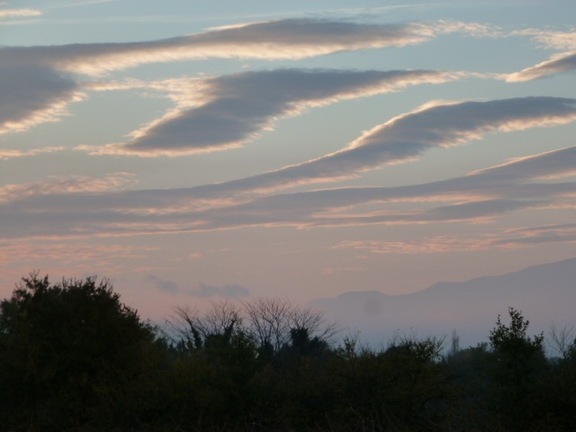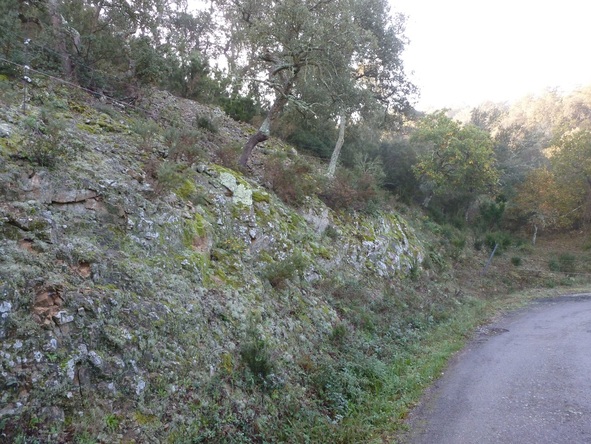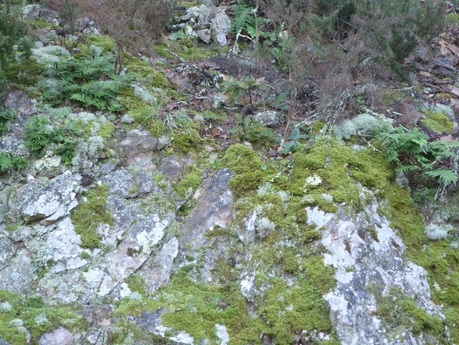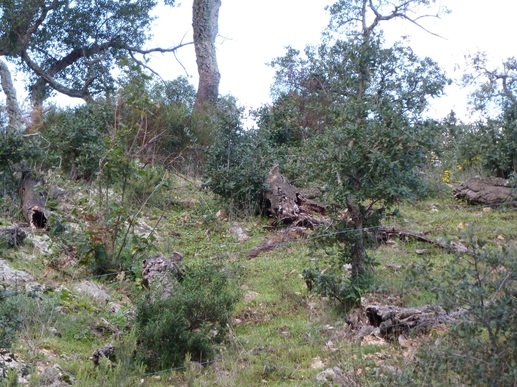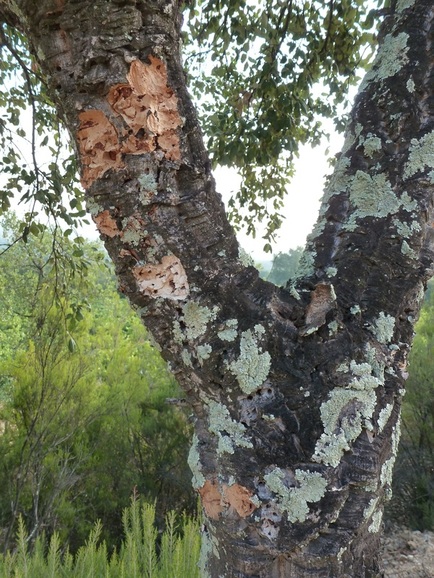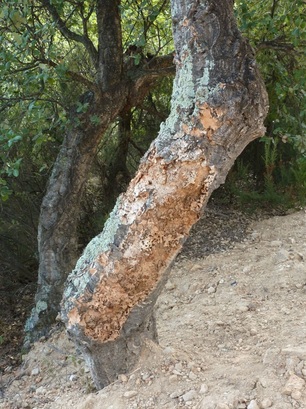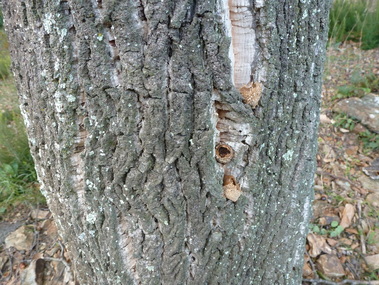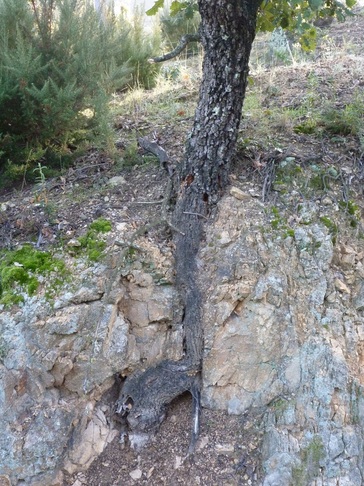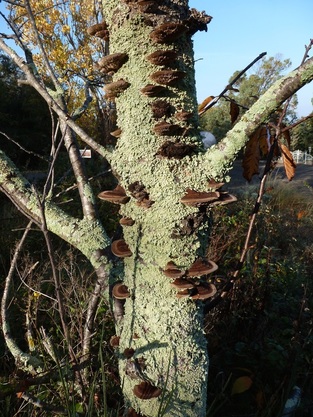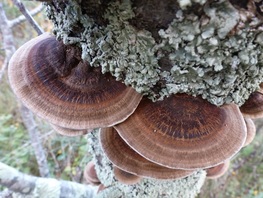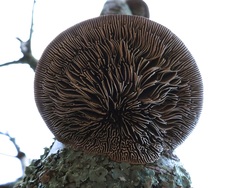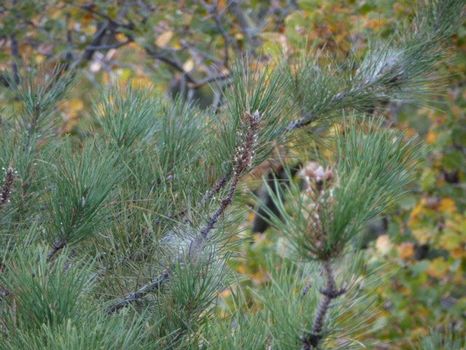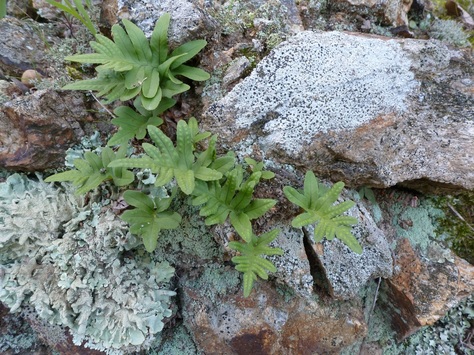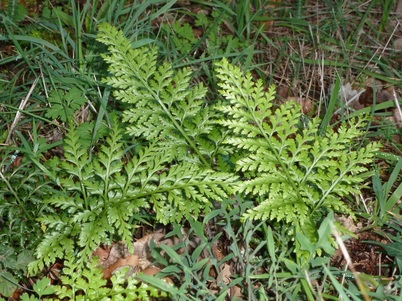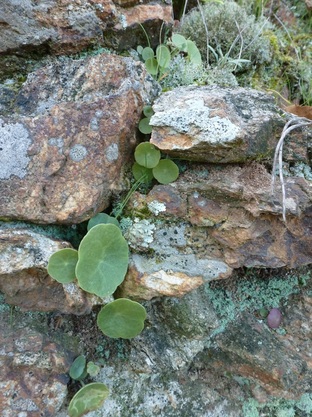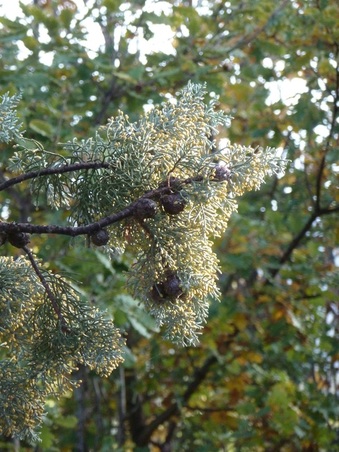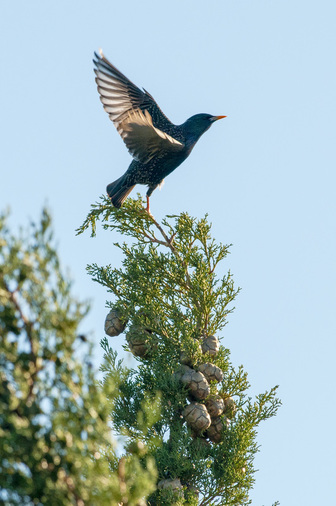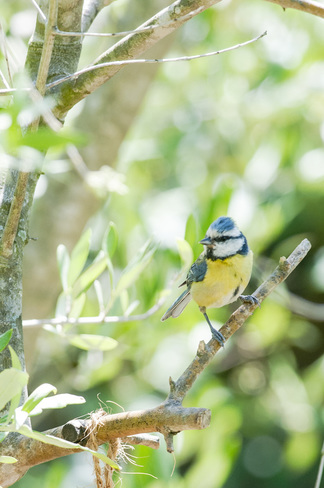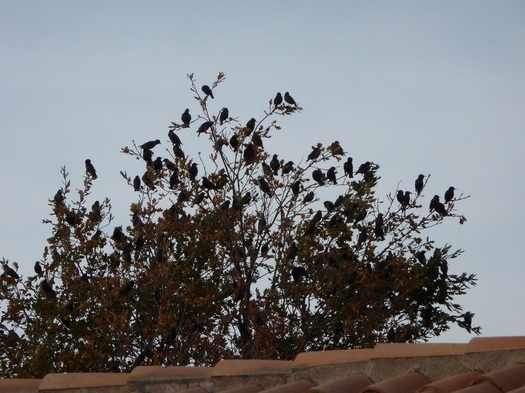
Coincidentally, following Robin's last blog in which he mentioned starlings, there was something Hitchcock-like about our village this Tuesday (8th Dec), when hundreds of them descended on us. I've no idea if they were everywhere in Laroque but they were certainly concentrated around the small estate where I live. There seemed to be several flocks, constantly on the move from roof to tree to roof to tree throughout the day. I'm used to hearing a small group noisily bed down in a neighbour's eucalyptus every winter, but don't remember ever seeing them in such numbers.
So what was so special about here?
I haven't found anything useful on the internet to explain this kind of behaviour, and can only come up with two possible explanations - neither of which seems satisfactory. My first thought was that they must have been attracted by a food source, and flocks from near and far had followed someone's lead. But our gardens are relatively small and, although at times ten or so birds were eating olives off my little tree and probing the grass for grubs and worms, an invasion on this scale must have been sparked by a glut of something much more enticing. I have no idea what. My second thought was that they were migrants - new arrivals from Russia or similar cold climes. I'd have thought it a bit late for that now, but who knows?
I suppose a third possibility is that they simply felt like it. Perhaps they do the rounds of all the villages and it was just our turn. Here are some, in distinctive silhouette.
City dwellers will be all too familiar with the sight and sound of starlings en masse, but it was quite an event for us. Un véritable spectacle! It was noisy, and also risky to venture outdoors: Purple droppings were landing everywhere.
Robin has reminded me that he witnessed a similar phenomenon near Céret this time last year. His Winter Starlings and Strawberries blog of 17th December captures the atmosphere precisely.
And aren't starlings kings when it comes to imitating other birds (as well as car alarms)? Click on the picture for about a three minute repertoire from one or two in our oak tree this morning. (The collared doves in the background are real ones, incidentally.) I've made a tentative ID of at least six birds in this clip - golden oriole being the most recognisable. Every winter I'm fooled at least once by this, or mistake it for the first oriole to return in spring. There are so many other strange clicks and whistles that it's impossible to tell where the starling's own call or "song" begins and ends. And of course any foreign ones might also be imitating birds we're unfamiliar with.
One thing's for sure though: they are the gossips of the bird world.
On Tuesday, as dusk approached, I was sure I could see distant flocks building, down towards the vineyards and orchards between Laroque and Palau del Vidre. In anticipation of being treated to that swirling, twisting aerial display - "murmuration" is the technical term - I quickly drove down there. It took about seven minutes.
Not a starling to be seen or heard. Never mind, I was treated to a pretty sunset instead.
By the time I returned home they'd gone from there too and, so far, they haven't been back. Mystère.
